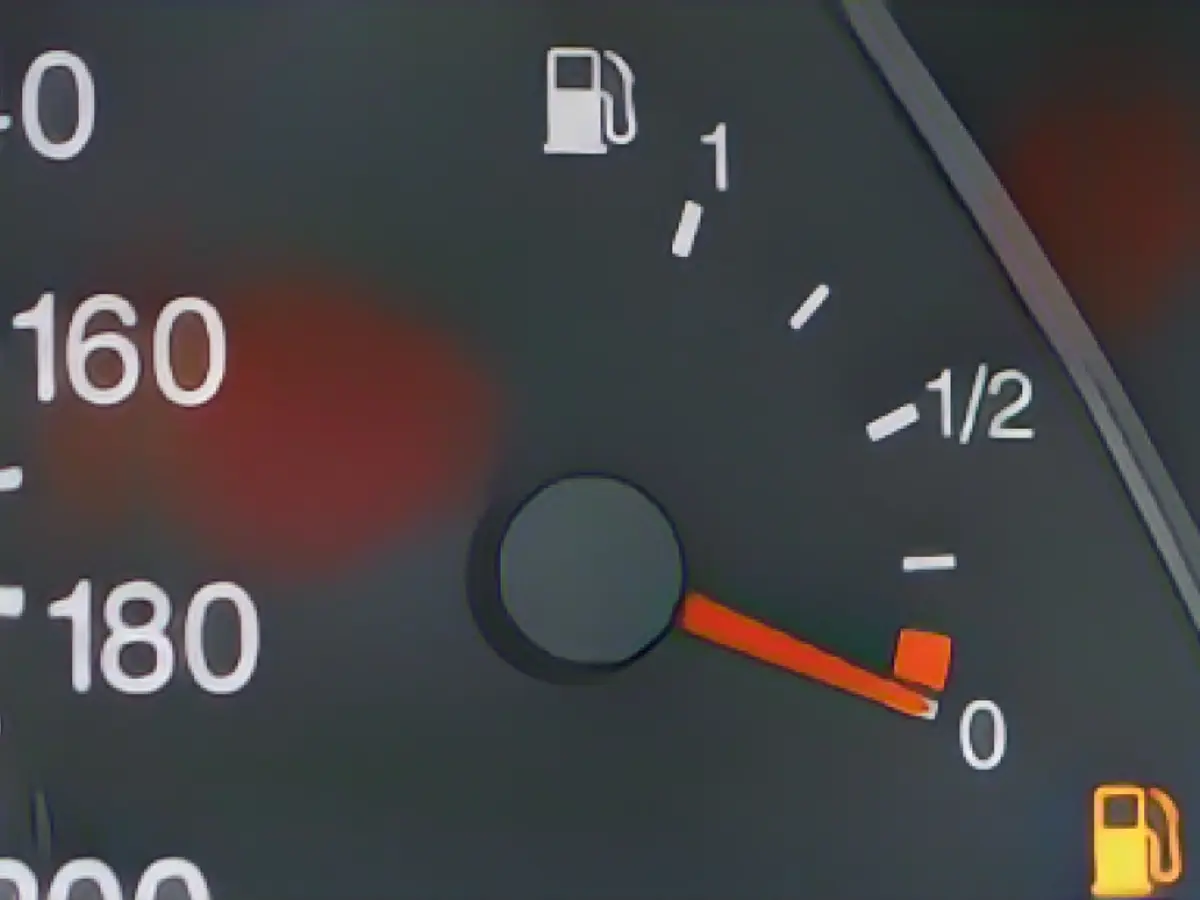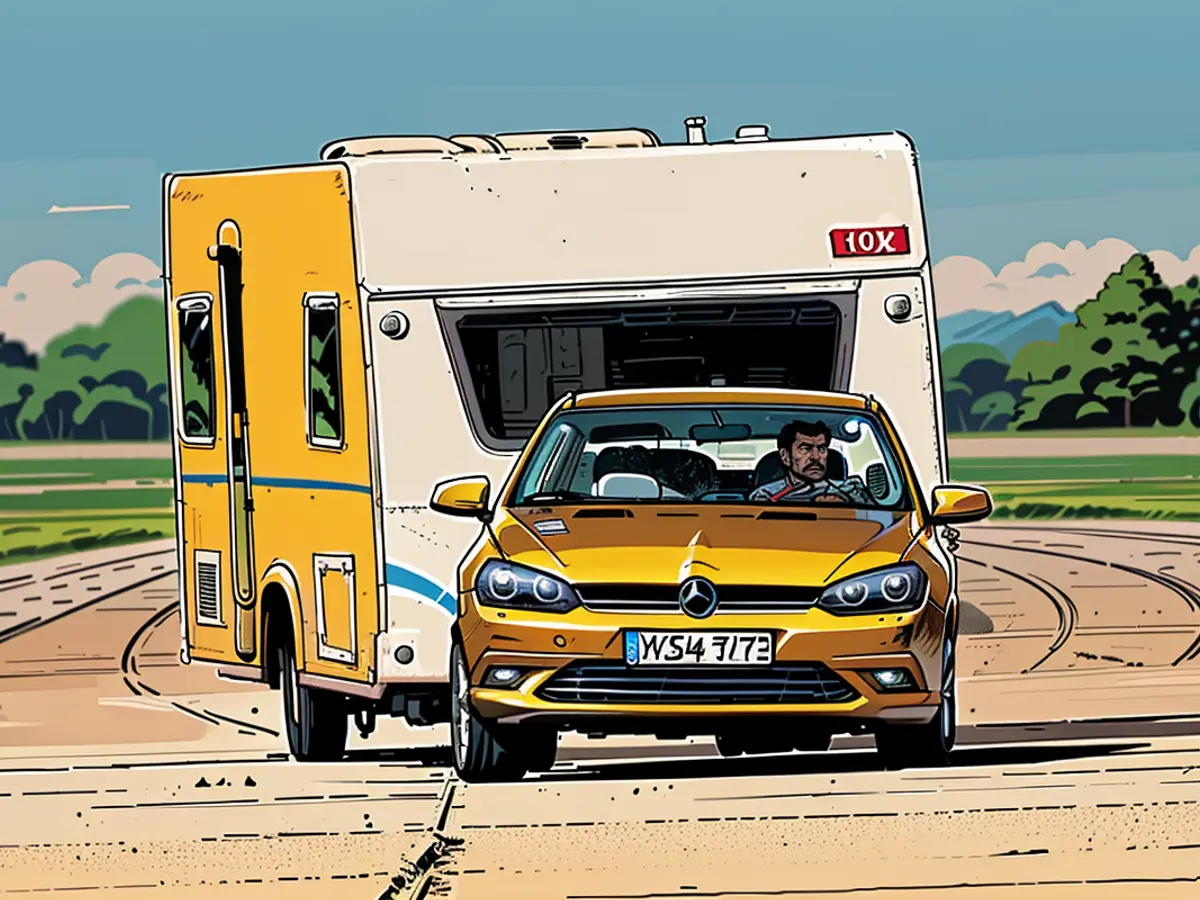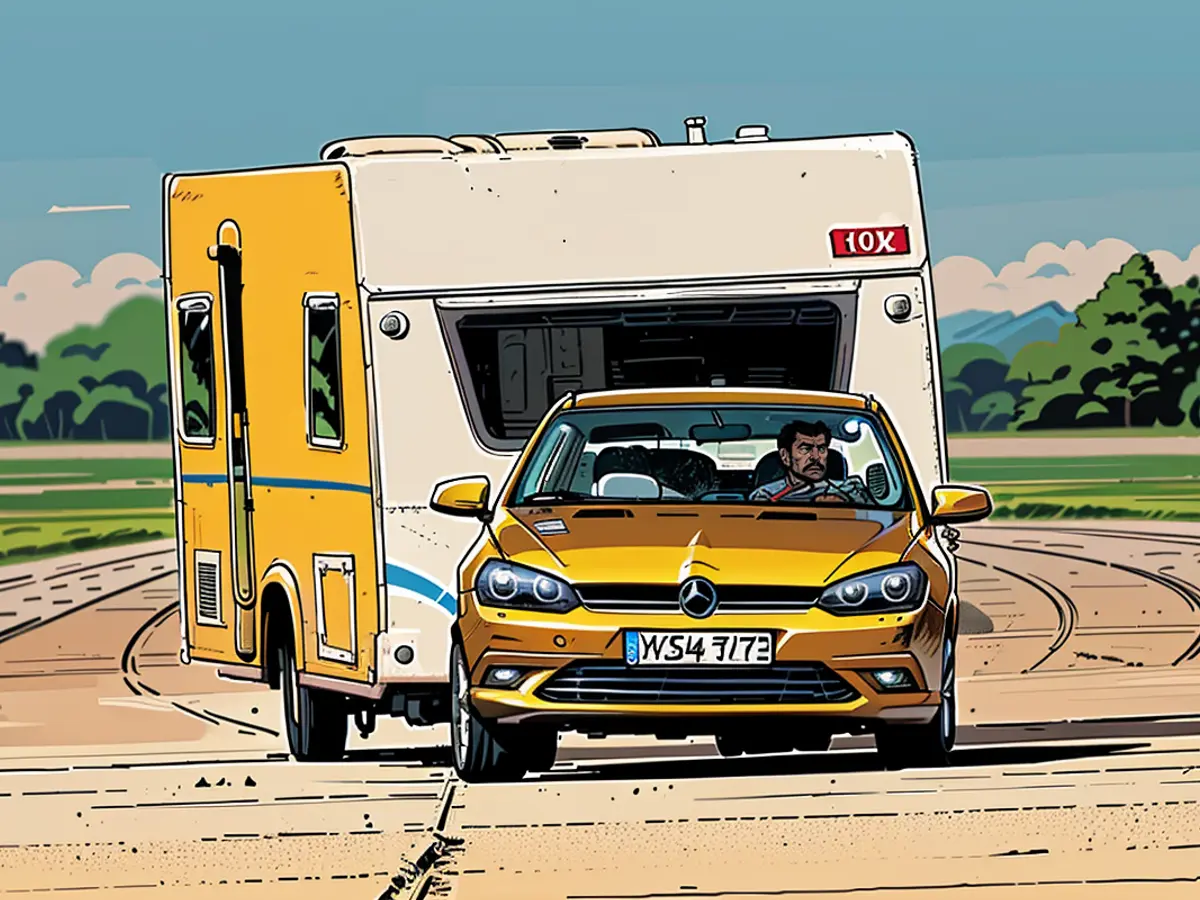Running Low on Gas: Improvise, Don't Panic
Fuel shortage can be frustrating while traveling, especially when your fuel gauge is flashing the low level warning. Robert Walden, a seasoned mechanic from Vehicle Freak, warns against letting your gas tank get perilously low. Instead, he recommends employing a few tricks for stretching your fuel further and potentially avoiding a dreaded gas station stop in the middle of nowhere.
How Far Can You Go?
The good news is that modern cars and SUVs often have an accurate range indicator. As soon as the low fuel warning illuminates, you can usually expect about 30 to 50 miles until you run out—but that can vary depending on your car make, model, and driving condition.
John Lin, manager of mechanics at JB Motor Works, suggests that when you see the "empty" or "low fuel" warning signal on your car's dashboard, your engine might still have 3 to 5 gallons of gas left. However, this amount can fluctuate depending on various factors, such as your vehicle's age and fuel efficiency.
As you might expect, the most fuel-efficient driving style is to maintain a steady speed, conserve momentum, and avoid unnecessary acceleration or braking. In fact, many modern vehicles include technologies like start-stop engines and smart cruise control to facilitate fuel conservation.
Tips for Conserving Gas
If you're driving near or out of gas, consider adopting these strategies to eke out the most mileage out of your fuel:
- Turn off Non-Essential Accessories Reducing the load on your engine by turning off unnecessary electrical accessories, like your A/C or radio, can help save fuel. Keep in mind, however, that turning off your A/C might only marginally affect your fuel consumption.
- Avoid Rapid Acceleration and Braking Swift acceleration and harsh braking waste fuel, so avoid these habits when you're low on fuel. Instead, maintain a consistent speed and apply gentle braking to preserve your fuel.
- Reduce Speed High speeds are inefficient; you'll use more fuel at 65 mph than at 55 mph, so stick to the speed limit whenever possible.
- Limit Sudden Stops and Starting Sudden stops can waste fuel—and so can too many starts. Try to maintain a smooth driving style and plan your route ahead to minimize stops.
- Mind the Tire Pressure Properly inflated tires can enhance fuel economy, so keep an eye on your tire pressures when you're traveling.
- Regular Maintenance Regular car care, such as oil changes, air filter replacements, and tune-ups, can optimize fuel efficiency and keep your engine running smoothly.
```markdown
Additional Tips
In addition, you can use rolling stops or coasting (gliding to a stop) to minimize your use of the brake pedal while driving. Remember, however, not to disregard safety rules and regulations when doing so.
Michael Dominguez, a certified mechanic and the founder of The Auto Mechanic's Guide, advises changing your driving habits to save fuel. For instance, use the cruise control feature to maintain a steady speed and avoid idling out when waiting at stoplights. Also, plan your route to minimize stops and detours. ```
Recommended Readings - - - -
By following these tips, you'll reap additional gas mileage and potentially save yourself from the agony of a mid-journey gas stop. Remember, a little planning and foresight go a long way when it comes to preserving your fuel during travel.







